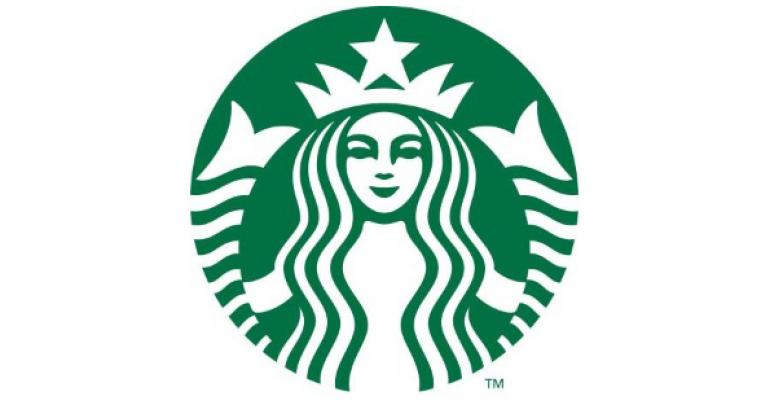Starbucks Coffee is already in a sweet spot with customers. Its coffee and espresso-based drinks are everyday staples for affluent consumers who can manage the price hikes that the chain has implemented in each of the past two years.
“Starbucks is a premium brand with premium products, and its customer base generally consists of higher-income consumers,” investment analyst Bob Ciura wrote on the stock analysis website Seeking Alpha.
That puts it in an enviable position — shared by other higher end fast-casual restaurants, as well as the upper tier in casual dining — of being where many restaurantgoers want to be: stylish venues where the positive experience gives customers a sense of value, despite the comparatively high prices.
But the Seattle-based coffee giant isn’t resting on its laurels. Through innovation in both food and beverages, it has expanded the times of day when it appeals to customers. Starbucks has also taken advantage of new mobile payment technologies as well as older technologies, such as drive-thru windows.

The proof is in the earnings report. Starbucks’ same-store sales have increased by 5 percent or more for the past 18 quarters. In the last quarter it reported a 6-percent global comp sales increases, of which a third was attributed to increased traffic. Of course one way to drive traffic is to open new restaurants, and Starbucks has opened a net 679 of them in the first six months of the year. But it also has introduced an array of new items intended to get customers through its doors after the morning rush.
To bring in afternoon traffic, Starbucks introduced beverages more likely to be purchased during lunch and afterwards, including Teavana iced tea and Fizzio sodas.

Available nationwide, Teavana iced tea is available as a chai latte, as a sweet tea, as green or black tea, and can be mixed with fruit, mint and lemonade according to customers’ whims. And in the roughly one-third of U.S. locations where Fizzio is available, they can be carbonated for an additional 50 cents.
Fizzio, available in ginger ale, lemon ale and spiced root beer, were introduced in late June and, according to chief executive Howard Schultz, quickly helped boost afternoon traffic. Made and carbonated to order, the sodas are “all natural, preservative-free alternatives to sugar-filled soda,” as Schultz has described them. The fact that they’re made to order also helps them fit into the theatricality of a Starbucks experience and allows for the customizability that has proven so important to customers in the fast-casual segment.
Starbucks has also made use of the 19-unit La Boulange chain that it purchased in 2012. It has rolled out Boulange-branded products at more than 8,000 Starbucks locations, including pastries that it debuted in the spring and which have reportedly boosted sales. So did breakfast sandwiches introduced in March.
New menu items drive sales
New lunchtime sandwiches such as grilled cheese and turkey pesto panini have contributed to lunch traffic, according to Starbucks, and those sales have been augmented by the availability of premium lunch-appropriate drinks.
To help drive evening traffic, Starbucks has introduced beer and wine in about 30 locations, along with a wider food selection available after 4 p.m. The so-called Evenings program includes salads, panini and other sandwiches, snacks, three “bistro boxes” containing cheese and fruit, chicken and hummus or a collection of high-protein items including a cage-free hard-boiled egg, white Cheddar cheese and honey peanut butter spread over multigrain bread. Starbucks is also working to drive traffic with better locations. Schultz recently said the chain would focus on highly targeted retail store development as well as drive-thrus.
About 40 percent of Starbucks’ 6,800 domestic company locations have drive-thru windows, and that half of the locations to open this year would have drive-thrus.
Starbucks will also enhance its mobile ordering capabilities. A reported 12 million people in North America have downloaded the chain’s mobile app, and the company said mobile payment now accounts for about 15 percent of all transactions. Plans are underway to allow customers to order and pay from their mobile devices and then pick up their meals. Schultz has said that amenity will be introduced in major U.S. markets later this year.




